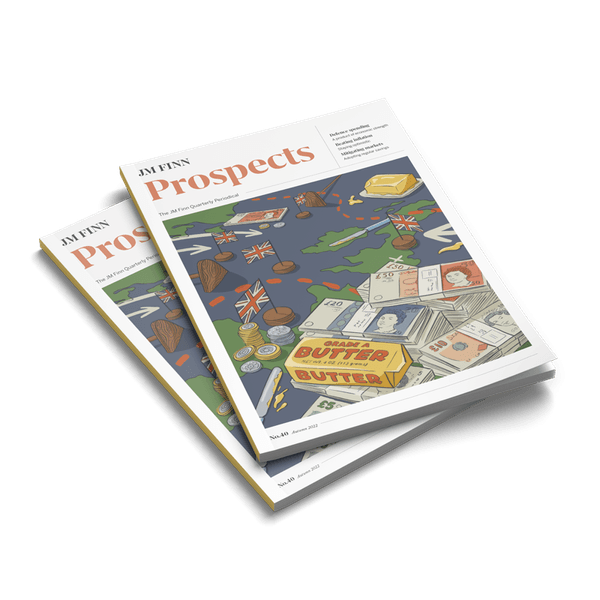The puzzlement for many came from the fact that even though inflation continued to climb over the quarter, index-linked gilts fell in value relative to conventional gilts. Index-linked gilts underperformed conventional gilts by about 10% at the worst point in July.
From 1st May 2022 the conventional gilt index fell 6% at the worst point; driven by interest rates climbing in response to higher inflation over the quarter. However the index-linked index fell by a more worrying 16%.
“How does that work?” you may ask yourself. Whilst the relative under-performance of index-linked gilts will be counter-intuitive for many, the key to understanding index-linked gilts is to grasp that you are probably buying a mixture of (a) exposure to inflation to a small degree but more importantly, and to a greater extent (b) an exposure to what the market thinks inflation is going to be.
An index-linked gilt includes an expectation for future inflation that is baked into the price. So if the market is expecting inflation to average 5% over the next five years, and you buy a five year index-linked gilt, and inflation does indeed come in at 5% on average; then you should earn very close to what you would have made by buying a conventional gilt.
And it goes to say that if you buy an index-linked gilt when the market is expecting 5% inflation over the next five years but then, after your purchase the market suddenly changes its mind and expects inflation to average 3%, then the price of index-linked gilts will fall, even if in the short term inflation continues to rise.
That is what happened to index-linked gilts in Q2. Softening economic data led the market to expect a recession and with it lower inflation. Indeed inflationary expectations for the next five years fell from 5.1% to 4.5% and that is why index-linked gilts did so badly.
I hope this explains the disconnect between higher inflation and poor performing index-linked gilts. Indeed, the disconnect is such that I have seen studies that suggest that the US equivalent to index-linked gilts, often called TIPS (Treasury Inflation Protected Securities), are negatively correlated with inflation.
Softening economic data led the market to expect a recession and with it lower inflation.
Disconnects such as we have seen in Q2 are rare in my opinion. My memory has it that most of the time when inflation is high, it exceeds the market’s expectations of inflation and index-linked gilts end up being a good protection against inflation.
Looking forward, the market is expecting inflation over the next five years of 5.5%. So the question that you have to ask yourself is “Do I expect inflation to be more or less than this?”
Illustration by Simon Ansell





